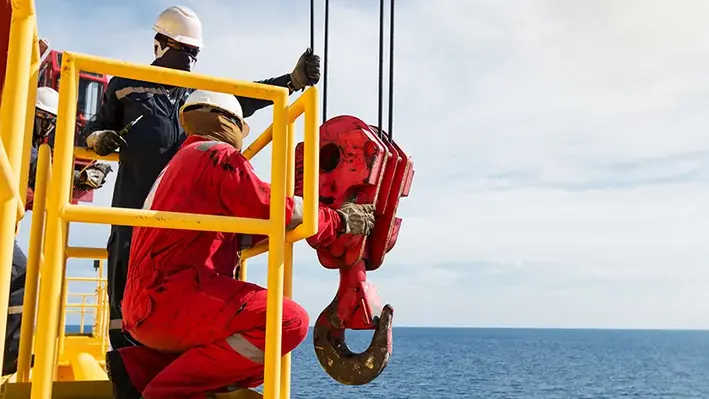
 Malaysian well interventions specialist, United Asiapac Energy Bhd, has launched an initial public offering (IPO) on the ACE Market of the local stock exchange.
Malaysian well interventions specialist, United Asiapac Energy Bhd, has launched an initial public offering (IPO) on the ACE Market of the local stock exchange.
According to filings lodged with Bursa Malaysia, the company aims to use the IPO to bolster its services and operational capabilities to take advantage of emerging opportunities in Malaysia’s upstream sector.
Specifically, that includes plans to strengthen its technical capabilities by acquiring new well intervention tools and equipment.
“To support future business growth, it is essential that our group has available well intervention tools, equipment and DNV-certified cargo baskets that we can mobilise
simultaneously in order to meet our project deadlines,” its stock market prospectus notes.
In line with this goal, the company plans to acquire a break-out unit for installation at its Kemaman base, to be used for the assembly and testing of well intervention tools.
Presently, the group’s tools and equipment are transported to a third-party facility within the Kemaman base for assembly, testing and inspection, which requires careful planning to ensure project timelines are met and incurs additional logistical costs.
“We also intend to purchase DNV-certified cargo baskets, which are used to transport tools during every mobilisation,” the company added.
The group boasts strategic locations in Kemaman and Labuan, which it claims give it a competitive edge over other industry players, which are predominantly international firms.
United Asiapac Energy added that it also intends to introduce new well intervention solutions to broaden its service offering.
“We plan to introduce e-line, slickline and wireline recovery services, particularly for small hole fishing,” its prospectus notes.
“In addition, we plan to offer hydrocarbon well cleanout services to remove obstructions and debris through the procurement of specialised tools. This expansion is a direct response to increasing market demand and enquiries from existing and prospective clients seeking for well intervention solutions under a single service provider.”
The company also said that it intends to expand its services in Sabah, as well as acquire a new corporate office in the Kuala Lumpur area.
Sarawak expansion is also in its sights.
“We aim to expand our market presence in well intervention solutions within Sarawak,” it notes in the Bursa Malaysia filings.
“The state presents significant opportunities for growth, driven by the anticipated increase in greenfield exploration activities and the maturing of existing hydrocarbon fields. With new fields being explored and developed, and mature fields nearing the end of their productive life, the resulting demand for well intervention, particularly P&A services, appears promising.”
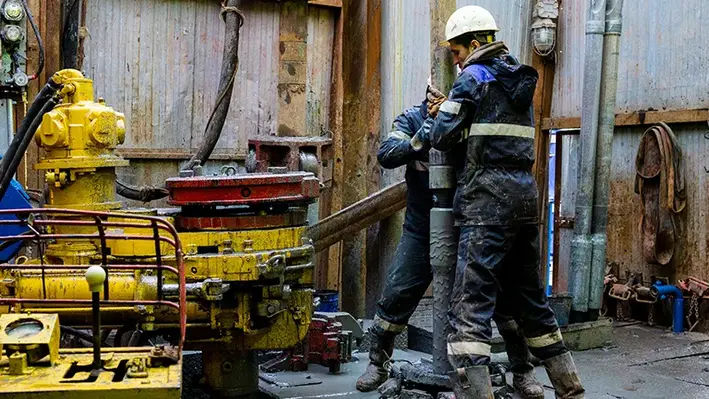
 Pantheon Resources has been conducting well clean-up operations on the Dubhe-1 well with an aim to determine a representative oil flow rate.
Pantheon Resources has been conducting well clean-up operations on the Dubhe-1 well with an aim to determine a representative oil flow rate.
The clean up profile might need alteration to suit the well's multiple fracked stages, each differing from the previous single zone completion and requiring clean up at different points in time.
While the company's budget for well completion was set at approximately US$15mn, well planning and data gathering led to modified final costs. As clean-up continues alongside flow-back and well testing activities, these costs will be determined at the end of the programme.
Production from the Dubhe-1 well is dominated by previously injected stimulation fluids. After intermittent production, consistent small oil volumes have been visible, with boosted gas production throughout the period. Till now, approximately 40% of the injected water volume has been produced with steady gas production along with the modest production of light oil. The company's closest analog to this well is the SMD-B interval in Alkaid-2 which was flow tested in 2023 and first measured oil production when a water volume equivalent to approximately 50% of the injected water volume had been produced.
The company recorded approximately US$33mn in drilling and completion costs, a marked increase over the original budget, as it had to drill a pilot hole to allow core samples to be collected, to better refine the target landing zone and to penetrate the deeper Slope Fan System (SFS) as well as the shallower SMD-C reservoir target.
Overall, this cost outcome, inclusive of full appraisal scope, contingency measures (e.g. standby drilling rig and coil tubing unit based on the experience at Alkaid-2), and inflationary pressures, does not detract from a solid operating performance. In addition, the construction of the new Dubhe pad, which will also be available for the drilling of future wells, cost $2.5 million. Clean-up, flow-back and well testing operational costs will be determined at the end of the programme.
Max Easley, Chief Executive Officer, said, "I continue to be pleased with the ongoing safe and efficient execution of our operations to date and look forward to sharing more about Dubhe-1 results when we have them."
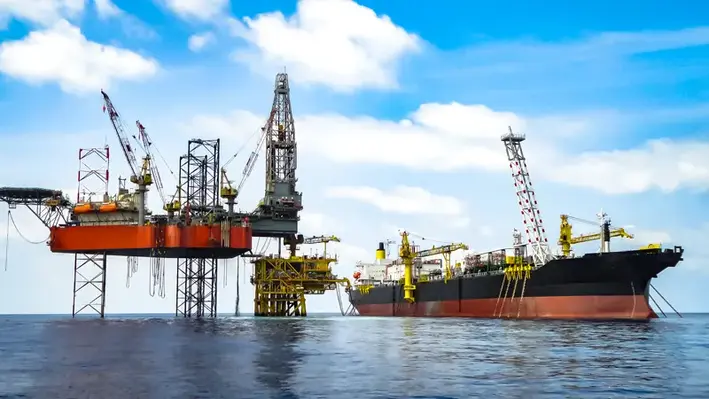
 Petrobras and Shell Brasil Petróleo Ltda. (Shell Brasil), a subsidiary of Shell plc, have together secured additional equity in Brazil’s pre-salt oil projects following an auction led by Pré-Sal Petróleo.
Petrobras and Shell Brasil Petróleo Ltda. (Shell Brasil), a subsidiary of Shell plc, have together secured additional equity in Brazil’s pre-salt oil projects following an auction led by Pré-Sal Petróleo.
Petrobras increased its stake in the shared Mero field from 38.6% to 41.4%, and increased its stake in the shared Atapu field from 65.687% to 66.38%. Shell Brasil increased its participating interest from 16.663% to 16.917% in Atapu and from 19.3% to 20% in Mero.
Both projects are located in the offshore Santos Basin. In the Mero field, the four FPSOs and an Early Production System (EPS) have a combined gross installed production capacity of 770,000 barrels of oil per day. the P-70 Floating, Production, Storage and Offloading unit (FPSO), which has the capacity to produce 150,000 barrels of oil per day. To support future growth, a second FPSO (P-84), with a production capacity of 225,000 barrels of oil per day, is currently under construction.
This auction was supported by Law No. 15,164, of July 14, 2025, which amended Law No. 12,351, of December 22, 2010, authorising the Union to sell its rights and obligations arising from production individualisation agreements in non-granted or non-shared areas in the pre-salt area.
Petrobras' participation in the PPSA Uncontracted Areas Auction is aligned with the company's long-term strategy, reaffirmed in the 2026-30 Business Plan, which foresees the replenishment of its oil and gas reserves with economic and environmental resilience.
In Shell’s case, the investment strengthens Shell’s position in areas where it has existing assets and supports the company’s aim to sustain material liquids production of 1.4 million barrels per day through 2030.
“Today’s winning bid reinforces our disciplined approach to grow Shell’s high margin portfolio in Brazil,” said Peter Costello, Shell’s Upstream President. “Our assets in Brazil are among the most competitive in our global portfolio, combining strong performance with a low carbon footprint.”
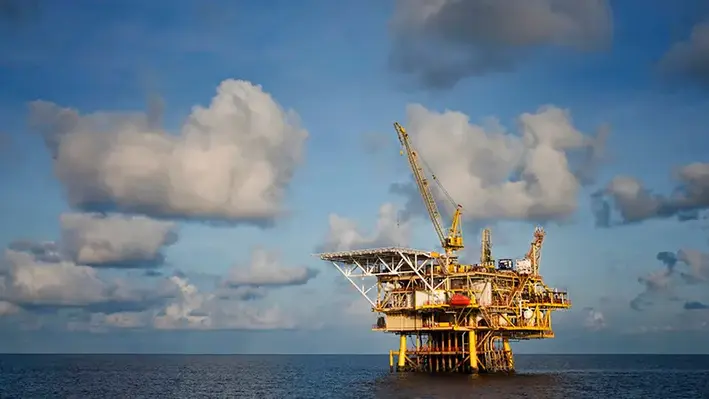
 The International Well Control Forum (IWCF) has introduced a new assurance framework designed to ensure that non-accredited training adheres to the highest standards, establishing a benchmark to enhance safety across the global oil and gas sector
The International Well Control Forum (IWCF) has introduced a new assurance framework designed to ensure that non-accredited training adheres to the highest standards, establishing a benchmark to enhance safety across the global oil and gas sector
Quality Assured provides a flexible, independent endorsement for well control training outside IWCF’s accreditation scope, offering providers and employers confidence in the quality, structure, and relevance of their programmes.
Zdenek Sehnal, CEO of IWCF, said: “Through Quality Assured, we’re committed to ensuring the highest standards in well control training, providing consistency and empowering professionals. This goes beyond compliance; it’s about giving the sector confidence in the training they are investing in and supports a culture of continuous development and accountability across the oil and gas industry, where well control incidents can have far reaching impact on life and reputation.”
The framework consists of nine standards, covering all aspects from course design and delivery to assessment, digital learning, and on-the-job training. Each standard includes defined criteria that providers must satisfy to achieve Quality Assured status.
IWCF will initially roll out Quality Assured in four categories:
The Well Academy, based in Apeldoorn, The Netherlands, participated in the Quality Assured trial. Jan Willem Flamma, Director of Training, said: “We were thoroughly impressed with the Quality Assured feedback from IWCF. The report on our Stuck Pipe Prevention & Recovery course went far beyond a simple evaluation, providing a true partnership in quality.
“The detailed strengths and constructive recommendations will be invaluable in helping us elevate our course materials and delivery, reinforcing our commitment to delivering high quality training and supporting continuous improvement for our learners.”
Training providers and employers will receive a 12-month endorsement, with the possibility of renewal if Quality Assured standards continue to be met. This initiative will support vital risk reduction across the sector.

 Pentarch Offshore Solutions, which provides marine logistics for offshore energy, heavy industry and decommissioning, is bolstering its bunkering capabilities.
Pentarch Offshore Solutions, which provides marine logistics for offshore energy, heavy industry and decommissioning, is bolstering its bunkering capabilities.
The company, a partner of the Centre of Decommissioning Australia (Coda), has signed a Memorandum of Understanding (MoU) with Integr8 Fuels to help meet growing Australian maritime refuelling needs at the Port of Edrom, Eden, New South Wales (NSW).
The agreement marks a key step in enhancing bunker fuel provision and operational support for expanding offshore energy, maritime, and defence activities in the region, according to William Kanavan, Managing Director of Pentarch Offshore Solutions.
“The signing of this MOU marks a significant milestone for Pentarch Offshore Solutions, firmly positioning our region on the global map as a growing hub for marine and offshore energy operations,” said Kanavan.
“Our developing partnership with a world-leading fuel provider like Integr8 Fuels demonstrates the scale of opportunity this regional port can deliver – for industry, and for Australia.”
The collaboration means the two partners, alongside regional stakeholders, will be contributing to the ongoing transformation of the Port of Edrom into a multi-functional marine and energy terminal.
The MOU builds on existing fuel supply commitments to a range of Australian and international marine contractors, including allied defence and naval refuelling operations.
“This partnership strengthens Integr8 Fuels’ presence in the Australian market, demonstrating our commitment to supporting critical marine and offshore operations,” said Christopher Seidel, Integr8 Fuels’ Business Manager.
“We look forward to collaborating with Pentarch Offshore Solutions and contributing to the growth and capability of the Port of Edrom and the Far South Coast community of New South Wales.”
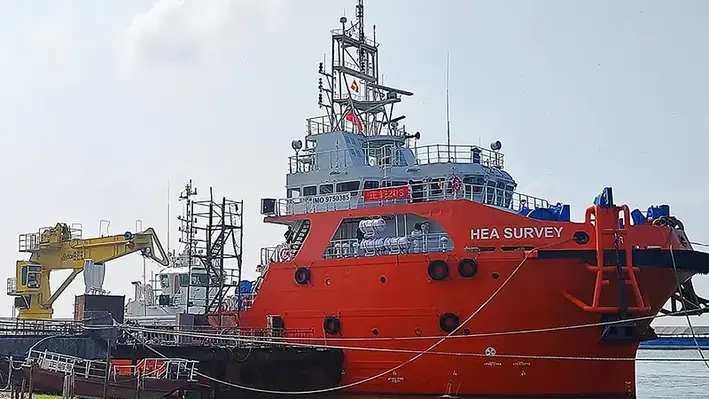
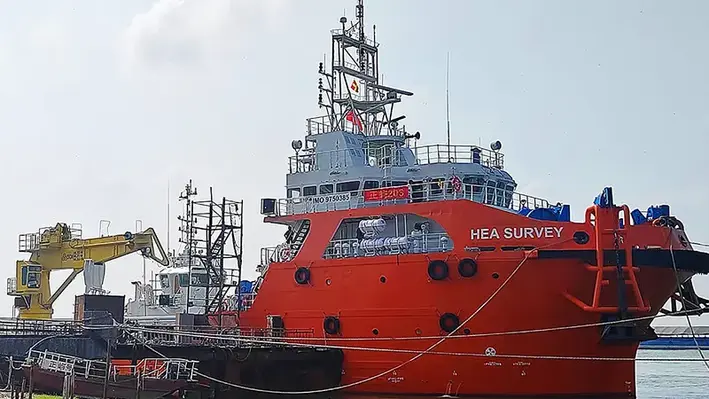 HEA Energy, a fast-growing offshore services provider based in the UAE, has officially expanded its fleet with the addition of HEA Survey, a highly versatile subsea support and survey vessel designed to meet the evolving demands of modern offshore operations.
HEA Energy, a fast-growing offshore services provider based in the UAE, has officially expanded its fleet with the addition of HEA Survey, a highly versatile subsea support and survey vessel designed to meet the evolving demands of modern offshore operations.
The ABS-classed, Panamanian-flagged vessel represents a major step forward for the company as it continues to strengthen its capabilities across the Middle East’s offshore oil, gas, and renewable energy markets.
Built by Jiangsu Islands Shipbuilding in China, HEA Survey was conceived as a multi-role offshore workhorse capable of undertaking a wide spectrum of subsea activities. These include high-precision survey work, ROV support, subsea inspection campaigns, light well intervention, dive support, heavy lifting, firefighting duties, and anchor-handling operations. Although the vessel’s construction began in 2013 and was significantly delayed, with completion only achieved in late 2024, she emerges with a thoroughly modern design tailored to today’s offshore requirements.
Measuring 59.25 metres in length with a beam of 15 metres, the vessel features a robust diesel-electric propulsion system engineered for operational flexibility. Two 2,100hp engines, paired with multiple generators and controllable-pitch propellers, deliver up to 12 knots while enabling dynamic load management. This configuration allows the vessel to operate efficiently during low-speed survey work or station-keeping a critical capability for precision subsea tasks. An electrically driven bow thruster further enhances lateral manoeuvrability, making the vessel suitable for operations in both shallow and deepwater environments.
A considerable 350-square-metre aft working deck, reinforced to handle seven tonnes per square metre, gives HEA Survey the capacity to support modular mission packages such as ROV hangars, geotechnical equipment, and ISO container-based systems. With a maximum payload of up to 500 tonnes and a 25-tonne SWL crane, the vessel is well-equipped for heavy offshore logistics and deployment work.
Despite not being DP-classed, the combination of controllable-pitch propellers, bow thrusters, and a diesel-electric system ensures reliable station-keeping for a broad range of survey and subsea activities. The vessel also features a complete suite of modern navigation and communication electronics, including S- and X-band radars, AIS, echosounder, GPS, Doppler log, and MF/HF radio equipment.
Accommodation onboard is fully air-conditioned and compliant with ILO standards, providing comfortable living quarters for up to 48 crew members across a mix of single, double, and quad cabins. Safety provisions are SOLAS-compliant, with liferafts, immersion suits, fire monitors, and a dedicated MOB boat with davit launch capability.
Entering service in the UAE, HEA Survey positions HEA Energy to meet growing regional demand for multi-role offshore support vessels particularly within subsea construction, well intervention, offshore survey campaigns, and the expanding clean-energy marine sector.
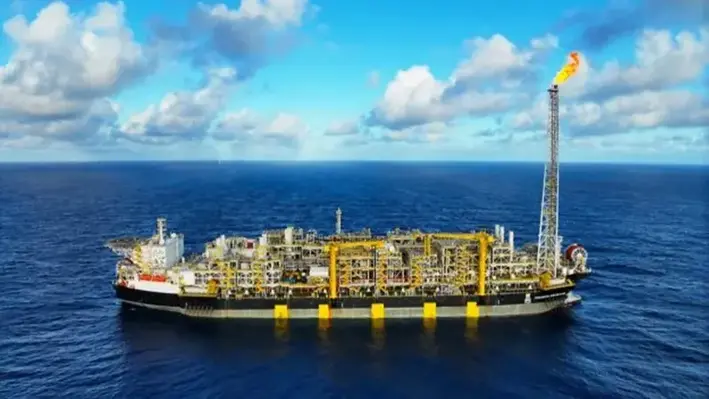
 MISC has secured a major contract from Petronas Carigali for the provision of a Floating Production Storage and Offloading (FPSO) unit in support of a key natural gas development project in Brunei.
MISC has secured a major contract from Petronas Carigali for the provision of a Floating Production Storage and Offloading (FPSO) unit in support of a key natural gas development project in Brunei.
This significant award follows an international competitive bidding process, with MISC emerging as the chosen partner for the project.
The contract stipulates a 12-year charter for the FPSO, with an option for Petronas Carigali to extend the agreement for up to three additional one-year terms. MISC will also take responsibility for the operation and maintenance of the floater throughout the charter period. The FPSO is expected to begin operations in the first half of 2029, playing a pivotal role in the Kelidang offshore gas development.
While MISC has not disclosed the specific name of the project, it is confirmed that the floater will be deployed in the Kelidang field, located approximately 125 kilometres off Brunei’s coast. The gas development encompasses three key discoveries: Kelidang North East, Keratau, and Keratau South West.
The project is a collaboration led by Petronas Carigali, in partnership with Shell and Brunei National Petroleum Company. Central to the project’s development is the installation of the FPSO vessel, designed to handle up to 450 million standard cubic feet per day (mmscf/d) of gas. The FPSO will be stationed at a depth of around 150 metres, supported by an advanced network of subsea flowlines connecting up to six subsea wells, each located at depths reaching up to 2,000 metres.
The pre-bid process began in January 2024, with leading contenders such as Yinson, Bumi Armada, and others competing for the deal. The project's total capital expenditure is estimated at around US$750mn, positioning it as a high-profile energy investment in the region.
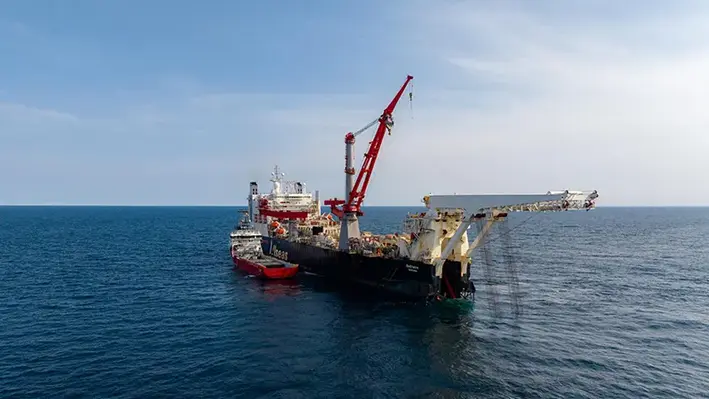
 Enbridge Offshore Facilities in the central Gulf of America will be equipped with a major new deepwater crude oil and natural gas export systems by Allseas.
Enbridge Offshore Facilities in the central Gulf of America will be equipped with a major new deepwater crude oil and natural gas export systems by Allseas.
This export system will be backed by critical subsea infrastructure for transport expansion capacity and future energy production.
Midstream operator, Enbridge, has chosen Allseas' services for the transport and installation of four export pipelines, totalling more than 515 kms, to transport oil and gas from upcoming deepwater developments to existing offshore hubs for onward delivery to market. About 321 kms of 24-inch and 26-inch oil pipeline originating in the deepwater Keathley Canyon area of the Gulf of America will go till the Green Canyon 19 (GC19) platform. About 195 kms of 12-inch gas pipeline originating in the deepwater Keathley Canyon area of the Gulf of America connecting to Enbridge’s Magnolia Gas Gathering System (feeding its Garden Banks network).
Each pipeline will have a 3-km steel catenary riser (SCR) linking to floating production units. Installed in water depths up to 2000 m, the systems will feature multiple crossings, inline structures and termination assemblies to accommodate future tie-ins from nearby discoveries.
The oil export system will connect to the Rome Pipeline – onboard the GC19 platform – scheduled for installation by Allseas in 2028, while the gas gathering system will deliver into the Magnolia Gas Gathering System via the new Sparta Gas Pipeline owned by Enbridge’s joint venture with Shell Pipeline Company LP, which Allseas will install in 2026.
Allseas’ dynamically positioned pipelay vessel Solitaire will perform the offshore campaign between 2027 and 2028. The vessel will utilise her modified double-joint factory (DJF) – a key component of Allseas’ fast S-lay production capability – featuring fully automated welding and inspection systems to achieve precise, consistent and efficient pipelay in deepwater conditions.
Building on Allseas’ innovation in automation and digitalisation, the enhanced DJF integrates advanced pipe handling, tracking, welding and inspection processes to optimise production flow and ensure the highest weld quality standards.
By expanding Enbridge’s deepwater network, the new pipelines will provide essential export capacity to meet the Gulf’s growing production and transport demands.
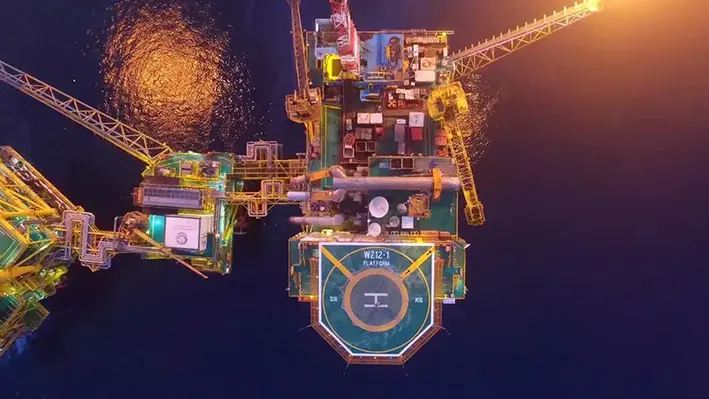
 Increased drilling know-how and technology adoption is helping to build momentum at CNOOC Limited, including advanced tools for oil well intervention.
Increased drilling know-how and technology adoption is helping to build momentum at CNOOC Limited, including advanced tools for oil well intervention.
Most recently, the company announced the start of production from its Weizhou 11-4 Oilfield Adjustment and Satellite Fields Development Project in the Beibu Gulf Basin of the South China Sea, its latest completion.
Presenting its 2025 interim results, back in August, CNOOC flagged how it remained committed to innovation-driven growth, utilising digital and intelligent tools in its upstream work.
Net production increased by 6.1% year-on-year, while natural gas was up 12% in the same period, a reflection of its prowess in the field.
Key technologies for reserves and production growth were developed and applied, the company noted in a statement, while reserve utilisation and oil recovery rates continued to improve, and natural decline rates of oilfields offshore China remained at a low level.
“Intelligent injection-production technologies were deployed on a large scale to help control the natural decline rate,” the company added.
Advanced geophysical technologies were also applied to improve the quality of seismic data from deep plays.
CNOOC added that it promoted intelligent drilling and completion, with the construction speed of demonstration projects accelerating by 26%.
It also integrated satellite remote sensing, unmanned equipment, and AI algorithms, to enhance its emergency response capability against typhoon-related risks, laying solid foundation for safe production.
Its latest Weizhou 11-4 development, located in water depths of 43 metres, leverages various adjacent existing facilities.
The main production facilities include a newly-built unmanned wellhead platform and a central processing platform, connected to an existing platform through a trestle bridge.
Under the development plan, 35 development wells are set to be commissioned, including 28 production wells and seven water injection wells.
The project is expected to achieve a plateau production of approximately 16,900 barrels of oil equivalent per day in 2026.
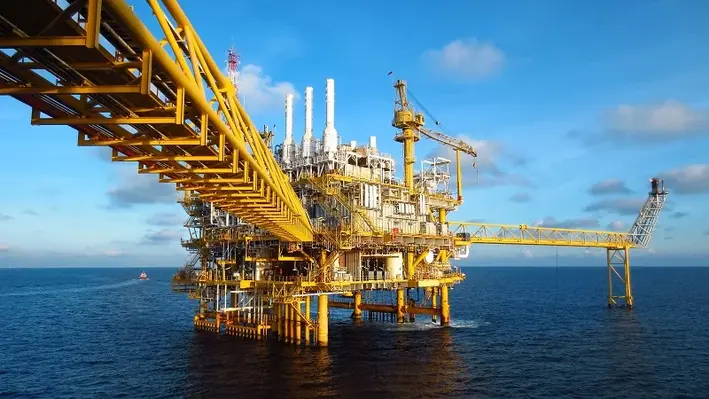
 The Australian Government Department of Industry, Science and Resources has published a consultation paper seeking feedback on reforms to decommissioning and financial assurance arrangements for the offshore oil and gas industry
The Australian Government Department of Industry, Science and Resources has published a consultation paper seeking feedback on reforms to decommissioning and financial assurance arrangements for the offshore oil and gas industry
Australia has up to US$60bn of offshore oil and gas decommissioning activities expected to occur over the next 30 to 50 years. Previous reforms have strengthened the offshore petroleum decommissioning regulatory framework. However, there are aspects that may require further reform to ensure industry is undertaking timely, safe and environmentally responsible decommissioning.
While the paper focuses mainly on oil and gas projects, it is also seeking input on the regulatory regime for decommissioning carbon capture and storage projects.
The proposed reforms aim to strengthen the decommissioning framework so industry:
• decommissions in a timely, safe and environmentally responsible way
• remains responsible for the risks and liabilities of offshore activities.
The consultation paper invites feedback on:
• the existing decommissioning framework in Australia
• lessons from international and onshore frameworks
• proposed areas for reform, including:
• decommissioning planning
• financial planning and assurance
• decommissioning and financial capacity risk assessments
• compliance and enforcement tools
• title surrender.
Feedback to the consultation paper is now open and will close on 13 January 2026. Feedback to this consultation will help the government develop these reforms and may also inform related activities.
There will be future public consultation informed by the responses to this paper, and the government will also consult on any legislative changes.
To read the consultation paper and provide feedback please visit www.consult.industry.gov.au.

 Vår Energi (OSE: VAR, the Company) has confirmed an oil discovery at the Goliat North exploration well, situated close to the Vår Energi-operated Goliat field in the Barents Sea.
Vår Energi (OSE: VAR, the Company) has confirmed an oil discovery at the Goliat North exploration well, situated close to the Vår Energi-operated Goliat field in the Barents Sea.
The exploration well, located five kilometres north of the Goliat field, encountered hydrocarbons in the Realgrunnen and Kobbe formations. Estimated gross recoverable resources encountered are up to 5 million barrels of oil equivalent (mmboe).
The Goliat North well is an integral part of the Goliat Ridge appraisal drilling programme. Vår Energi and partner Equinor will drill a total of four wells in the Goliat Ridge, with the Zagato side track currently ongoing. Following completion of the appraisal programme, the Company will assess the entire potential of Goliat Ridge utilizing the extensive data acquisition combined with the newly acquired 3D seismic data.
Including the latest discovery, the Goliat Ridge is estimated to contain gross discovered resources of 39 to 108 mmboe, with additional prospective resources taking the total gross potential to up to 200 mmboe. A tie-back of the Goliat Ridge discoveries to the nearby Goliat FPSO is being planned.
The partners in the licence are Vår Energi (operator, 65%) and Equinor (35%).

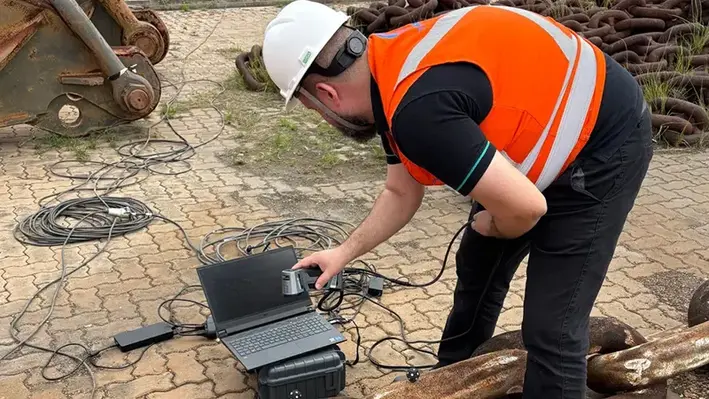 Acteon’s Moorings and Anchors business line, Intermoor, has been awarded a broad-ranging quality assurance contract by Petrobras in Brazil.
Acteon’s Moorings and Anchors business line, Intermoor, has been awarded a broad-ranging quality assurance contract by Petrobras in Brazil.
The three-year contract is the result of a Memorandum of Understanding (MoU) that was signed at the Offshore Technology Conference (OTC) in Houston in May.
As work is set to commence this month, Intermoor will be providing traceability services across Petrobras’ extensive inventory of critical mooring components, besides delivering comprehensive quality assurance as well. The mooring component comprises an intricate network of anchors, chains, wire and associated accessories that supports Petrobras offshore operations portfolio across Brazil.
Other services will include Radio Frequency Identification (RFID) tag installation, dimensional and visual inspection of mooring equipment, triage of returned components and deployment of advanced 3D scanning and photogrammetry technologies. While these will cover Petrobras’ bases in Rio de Janeiro and Macaé, it also has scopes for expansion to additional sites nationwide.
The contract further solidifies Acteon’s two-decade presence in Brazil, where the company operates five offices providing engineering, survey and mooring support services, including quayside facilities at Porto do Açu.
"This award is a strong endorsement of our long-standing partnership with Petrobras and our commitment to the safe, efficient management of critical offshore infrastructure. By combining proven mooring expertise with innovative digital monitoring and inspection technologies, we provide insight and rapid responsiveness our customers need to protect assets, optimise performance and make confident decisions across the entire project lifecycle," said David McGuire, EVP, InterMoor.
Page 2 of 111